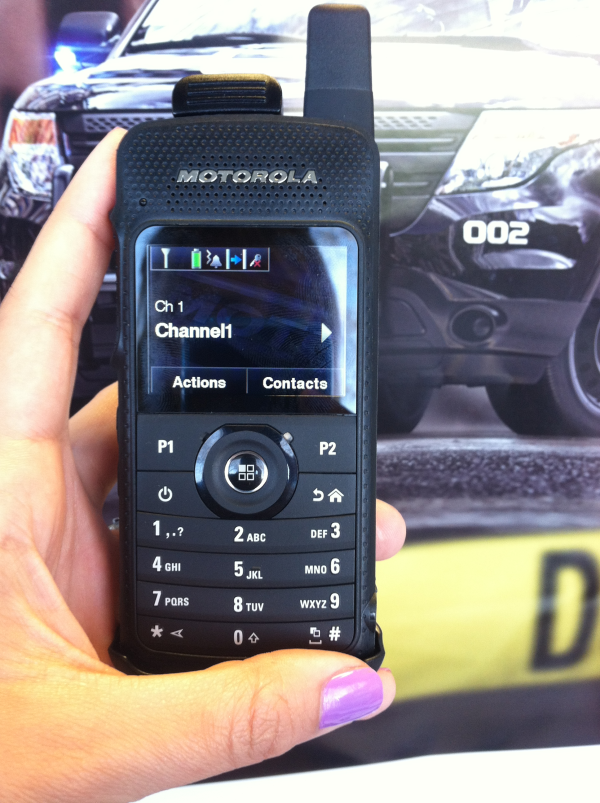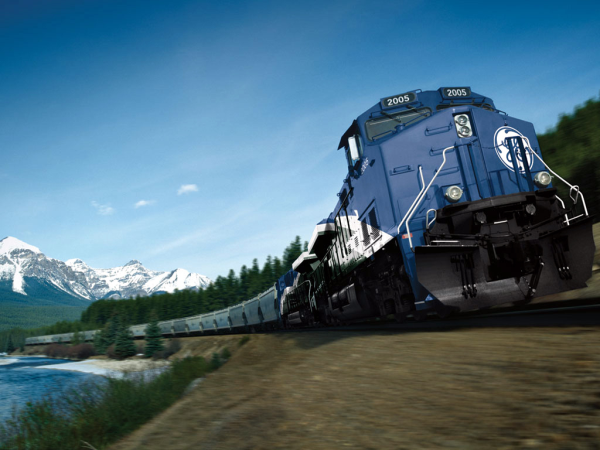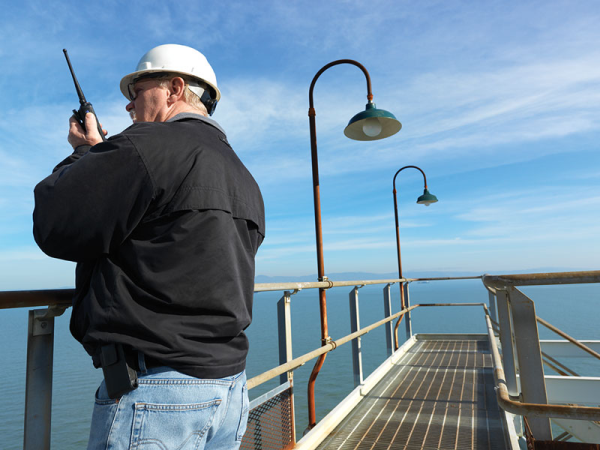And 15 Reasons Why They Should!
Let's start with the reasons why users aren't buying into the digital world of radio. Here are the 4 excuses heard the most:
1. Adversity to Change: People will say "Analog radios will always be around" or "I’ve always used XYZ radio and I will keep purchasing that brand"-because it's what they're used to and what they know.
2. It's Not Within Reach: This is probably the most common reason. Until recently, proposed systems have been outside of their budget or the cost difference can't be justified even though the radios have great features.
3. "We Don’t Need Digital": Still others out there think, "Analog gets the job done. I like the quality and benefits of digital, but it's not necessary."







